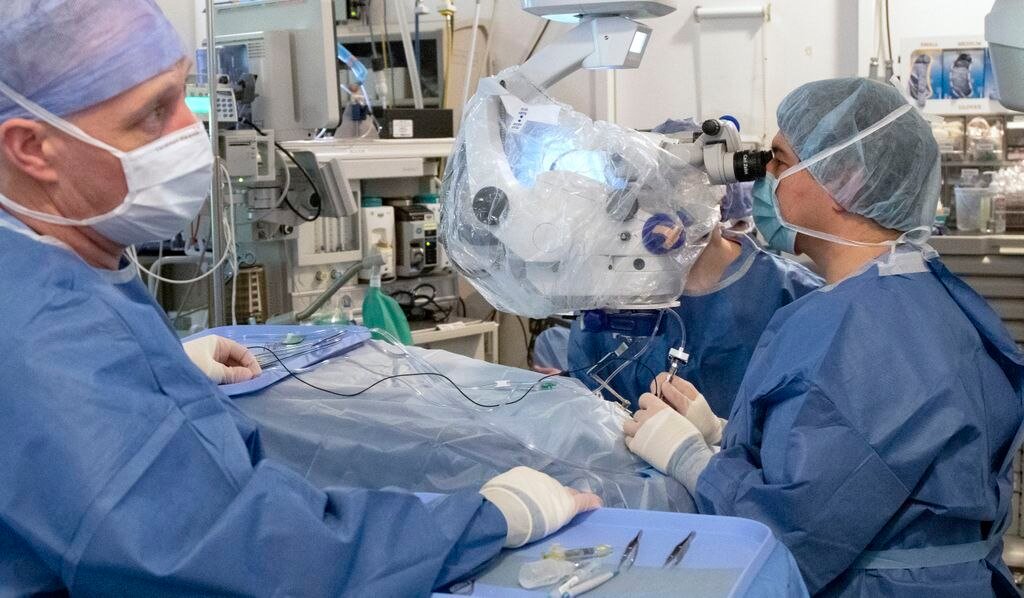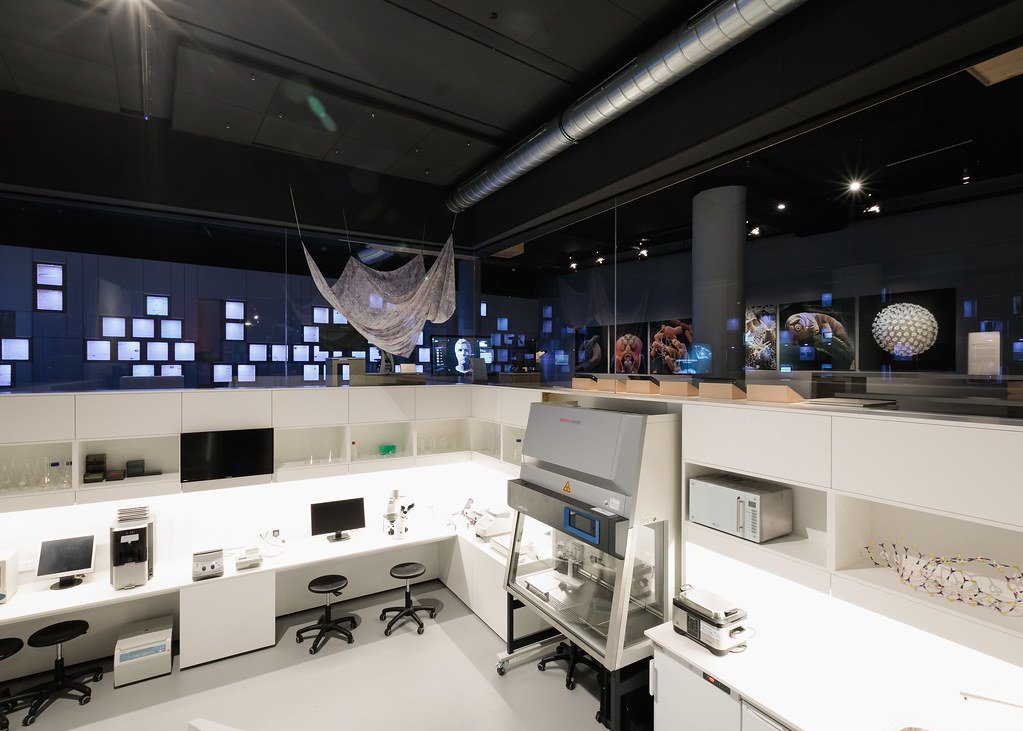In the realm of modern science, one of the most groundbreaking developments has been the advent of CRISPR gene editing technology. This innovative technique is revolutionizing the way scientists approach genetic diseases, offering the potential to correct genetic errors that cause illness. What was once science fiction is swiftly becoming a reality as researchers worldwide harness the power of CRISPR to transform medicine and offer new hope to patients with genetic disorders. This article delves into how CRISPR is being used to fight genetic diseases, providing a comprehensive overview of its capabilities and potential.
Understanding CRISPR: The Gene Editing Revolution

CRISPR, short for Clustered Regularly Interspaced Short Palindromic Repeats, is a revolutionary gene-editing tool that allows scientists to alter DNA sequences easily and accurately. It acts like a pair of molecular scissors, capable of cutting DNA at specific locations, removing detrimental mutations, and even introducing healthier genetic material. Originally discovered in bacteria as a defense mechanism against viruses, CRISPR has since been adapted for use in human cells, presenting a powerful method to combat genetic diseases.
The Promise of Precision: How CRISPR Works

CRISPR technology relies on a guide RNA (gRNA) that is designed to match a specific DNA sequence within the genome. The CRISPR-associated protein 9 (Cas9) enzyme pairs with this gRNA to locate and cut the target DNA sequence. Once the DNA is cut, scientists can introduce changes to that specific section—depending on the desired outcome. This level of precision allows for corrections in genetic mutations that cause diseases, signaling a new era of targeted gene therapy.
CRISPR and Single-Gene Disorders

One of the early and most promising applications of CRISPR technology is in the treatment of monogenic disorders—diseases caused by mutations in a single gene. Conditions like cystic fibrosis, sickle cell anemia, and muscular dystrophy fall into this category. CRISPR enables scientists to correct these mutations by directly editing the faulty genes, offering a potentially permanent cure.
Advancing Treatments for Complex Genetic Diseases

While single-gene disorders have been the initial focus, CRISPR also holds potential for tackling more complex diseases involving multiple genes, such as cancer and heart disease. Researchers are developing techniques to edit multiple genes simultaneously, aiming to interrupt disease pathways and improve patient outcomes significantly. This multi-gene editing approach is still in its infancy but shows tremendous promise for the future of personalized medicine.
Improving Cardiovascular Health

Recent studies have explored the use of CRISPR for addressing genetic factors that contribute to cardiovascular diseases, including high cholesterol levels and certain inherent heart conditions. By targeting and modifying genes associated with these conditions, scientists aim to prevent the onset of heart disease, leading to longer and healthier lives for individuals predisposed to such ailments.
Ethical Considerations and Safety Concerns

While CRISPR holds significant promise, it also raises important ethical questions. Concerns about unintended off-target effects, where genetic changes occur in unintended parts of the genome, are critical safety considerations. Moreover, the possibility of “designer babies,” or genetically modified children engineered for desirable traits, poses complex moral debates. The scientific community continues to address these concerns while emphasizing responsible usage of CRISPR technology.
The Road to Clinical Application

Despite the enormous potential of CRISPR technology, transitioning from laboratory research to clinical application involves navigating regulatory hurdles. Rigorous testing, clinical trials, and adherence to safety protocols are essential steps in ensuring CRISPR therapies are safe and effective for patients. Ongoing trials are already showing promising results, bringing us closer to the reality of CRISPR-based treatments for genetic diseases.
Collaborative Efforts in Gene Editing Research

The development and success of CRISPR in combating genetic diseases depend heavily on collaborative efforts. Researchers globally are pooling resources, sharing knowledge, and working together to hasten the development of CRISPR-based therapies. Such collaborative initiatives enhance the pace of innovation, making breakthroughs more achievable in the ongoing fight against genetic diseases.
The Future of CRISPR in Genetic Disease Treatment

Looking ahead, CRISPR’s potential in revolutionizing the treatment of genetic diseases is immense. As technology continues to evolve, it is likely to extend its applications beyond the current scope. Genetic disorders that were once deemed incurable may soon become manageable or even eradicable, thanks to the advances in CRISPR technology. The future looks promising with the ongoing advancements and research dedicated to overcoming current limitations.
Conclusion: A New Frontier in Medicine

CRISPR gene editing is setting the stage for a new frontier in medicine, enabling targeted therapies that were unimaginable a few decades ago. By directly addressing the root cause of genetic diseases, CRISPR offers a paradigm shift from current treatment options to potentially curative solutions. As research continues, the hope is to transform the lives of countless patients worldwide, making genetic disorders a challenge of the past.




